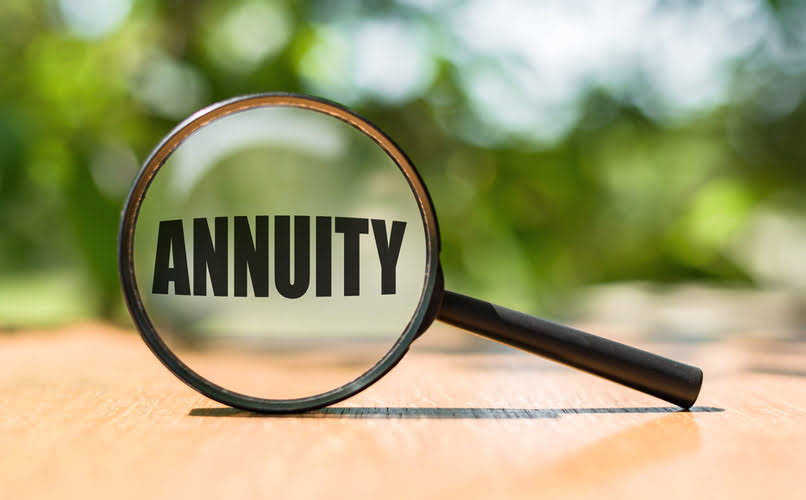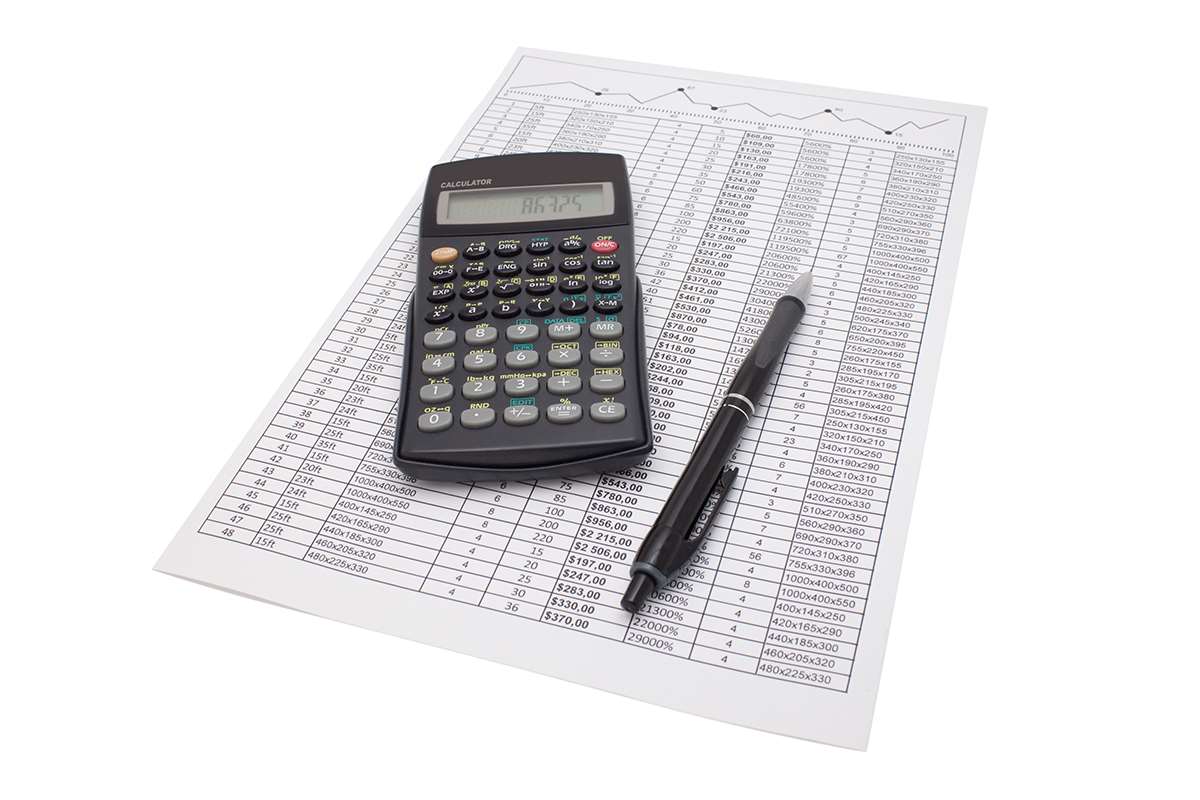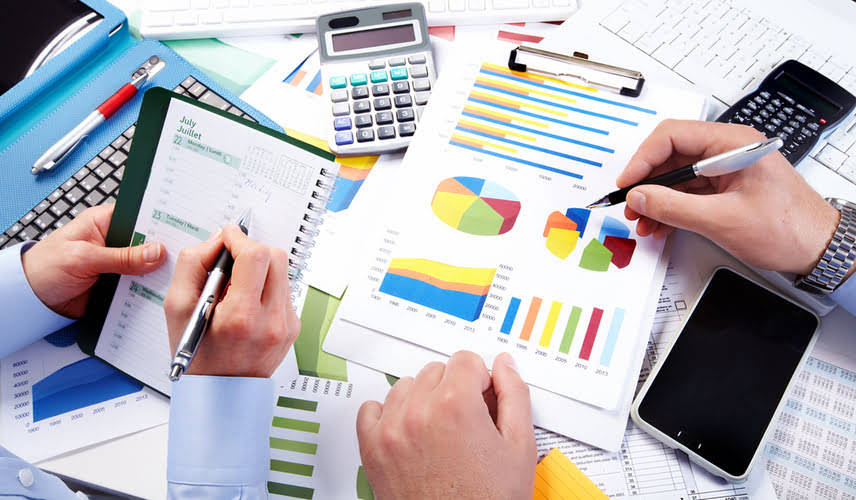
Assets are on the left, and the right side lists the restaurant’s liabilities and equity. In the last row, you see that the value of total assets equals the combined value of liabilities and equity. how to do bookkeeping for a restaurant Put simply, it shows the net worth of your restaurant at a given point in time. Because it summarizes your restaurant’s finances, balance sheets are also called the statement of financial position.
- According to the National Restaurant Association, there are 14.7 million people in the restaurant industry.
- Balance sheets are not that hard to understand once you know what to look for.
- The profit and loss statement and a restaurant balance sheet are two key tools for this.
- To help make restaurant balance sheets a little easier to understand, here’s an example of how creating one works.
- In other words, it’s a snapshot of what your business owns and owes, as well as the amount invested.
A Guide To Restaurant Financial Statements
You can also get deeper financial insights from your POS by integrating your POS system with Eat App. This opens up a plethora of data regarding spending habits, previous orders, etc. that helps restaurants make more informed and accurate predictions about future sales and cash flow. Think of a restaurant balance sheet as a kitchen pantry, where everything needed to cook up financial success is stored.
- Whether it’s chowing down on camel burgers in Morocco or snacking on octopus dumplings in Japan, she’s always up for new food experiences.
- It also includes any financing or debt taken up by the restaurant as that can affect the cash flow.
- While your restaurant’s balance sheet gives you a comprehensive overview, it’s not the only financial report you’ll need to keep a pulse on your business.
- Assets refer to things your restaurant owns that can be easily turned into cash.
- Tickmark, Inc. and its affiliates do not provide legal, tax or accounting advice.
- It provides a clear and comprehensive snapshot of your financial health, supports strategic decision-making, and helps you plan for the future.
How to Manage a Restaurant Balance Sheet
To sum up, you see how important and easy it is to create balance sheets for your restaurant. Like every other business, the long-term success of your restaurant depends on data-driven decisions. Using restaurant balance sheets with profit & loss statements helps you understand your business’s current financial health and discover opportunities to grow revenue. Ultimately, the main purpose of a balance sheet is to help you verify the accuracy of a profit and loss statement, and to provide you with a more holistic view of your restaurant’s financial health. Your restaurant balance sheet can also be used to forecast short and long-term cash flow. However, you should not confuse your balance sheet with a cash flow statement, which summarizes cash in and cash out.
How to handle gift cards on a restaurant balance sheet?
You’ll also need to keep constant track of inventory, food and pour costs, prepaid accounts, short pays and vendor credits, and tips. As an owner, you know the challenges of running a restaurant, such as staffing, inventory management, and controlling the cost of goods sold. Finding a bookkeeper who understands the complexity of the food and beverage industry, both front-of-the-house operations and back-of-the-house management.

Creating your restaurant balance sheet
Luckily, most modern POS systems, like Lightspeed, have powerful in-built reporting tools that can quickly drill down into your numbers so you can access detailed and easy to read reports. It is important for financial projections for a small business or startup https://www.bookstime.com/ to be realistic or else an investor or lender may not take them seriously. More importantly, the founder may make a financial mistake without a reliable plan. Just make sure you create a clear and accurate balance sheet that shows the right figures.

One of the key insights from a cash flow statement is your operational activity. Your operational activity includes the cashflow related to fundamental business operations, and how it flows in and out of your business. Your core operational cash out will include expenses such as your restaurant labor costs, food costs, and services such as advertising. Operational cashflow will primarily include restaurant sales and the selling of assets. Setting aside the time to create a restaurant balance sheet and P&L statement is the best way to stay on top of your finances and spot any trends that might be occurring.
Creating a restaurant balance sheet requires the collection of three sets of data. Restaurant or bar profitability requires using and understanding a few important accounting tools. Kristen Slavin is a CPA with 16 years of experience, specializing in accounting, bookkeeping, and tax services for small businesses. A member of the CPA Association of BC, she also holds a Master’s Degree in Business Administration from Simon Fraser University.
Join restaurants in 70+countries using Eat App
In order to create a pro forma, or forecasted balance sheet you will need to create a full set of financial projections for your restaurant. Learn about the difference between a current balance sheet and balance sheet forecast in our guide. You can see that our current assets ($140,000) are more than enough to cover our current liabilities ($40,000). Our current assets will allow us to continue operating our restaurant without raising additional capital. Profit and loss statements should be generated for each month and quarter, along with an annual profit and loss statement around the start of each new year. In general, it can be notoriously difficult to run your own business, but that can be doubly so when it comes to running a restaurant.
